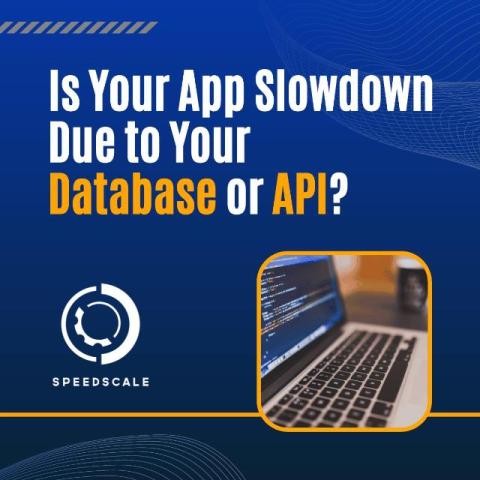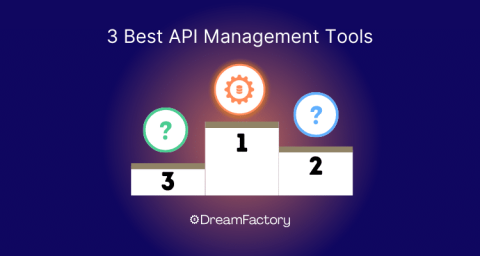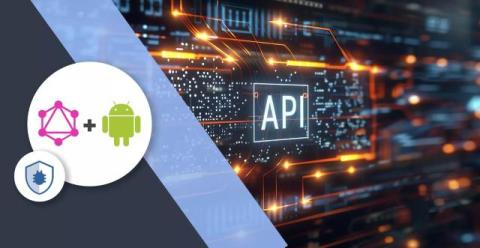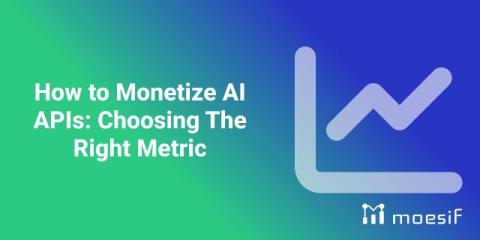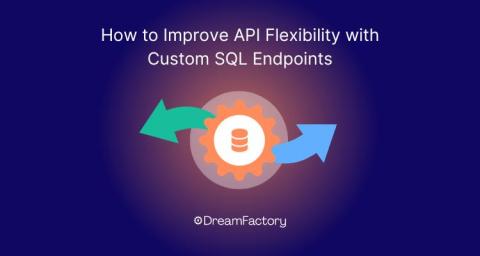Isolating Bottlenecks: How to Determine If Your Slowdown Is Due to the Database or API
Every slowdown in your application can be traced to specific components like a database or an API, and quickly identifying the source aids the troubleshooting process. But when an API is underperforming, it may be difficult to tell whether the issue is with the API logic itself or an external service like a database that it interacts with before sending responses.


